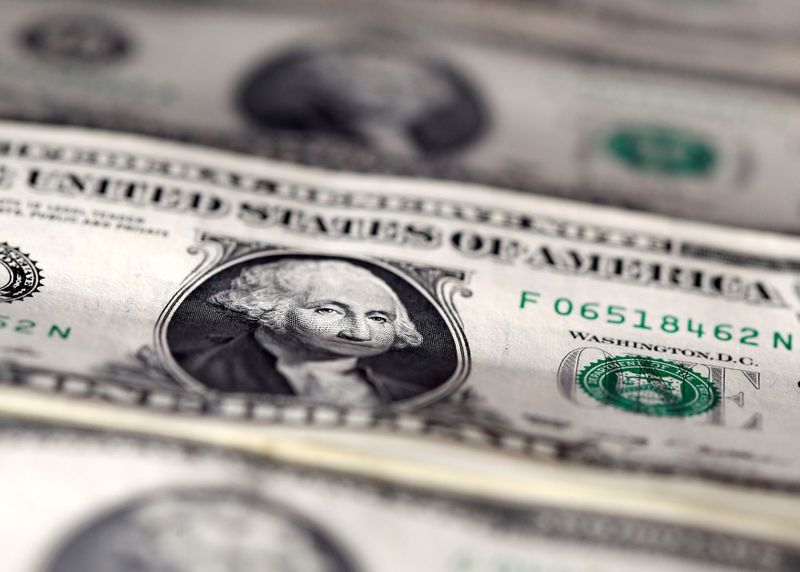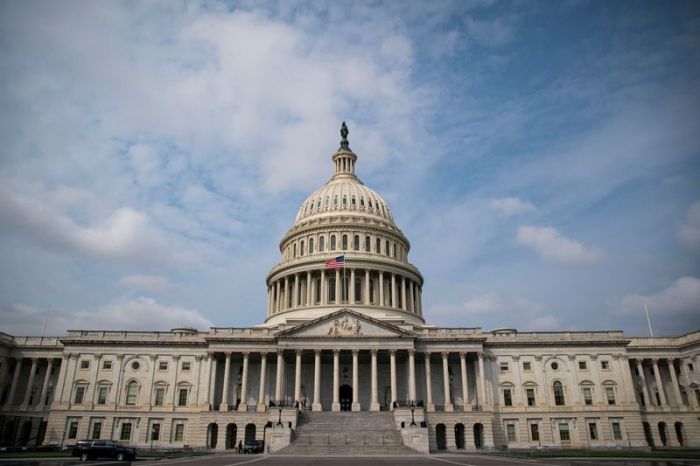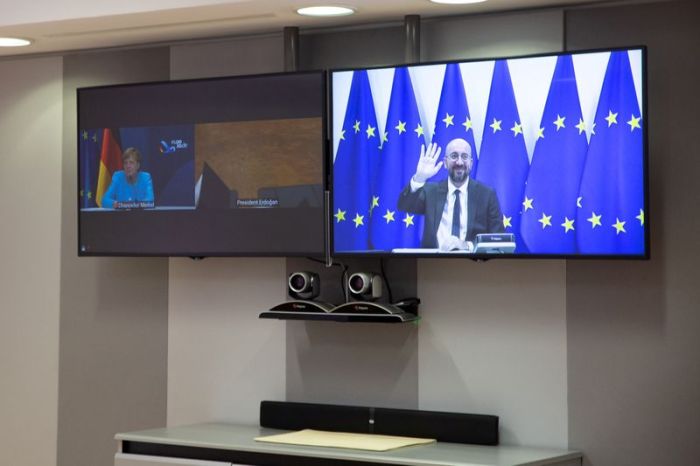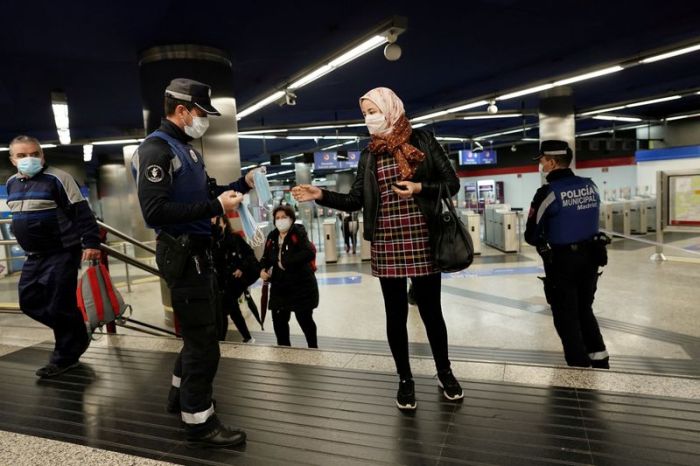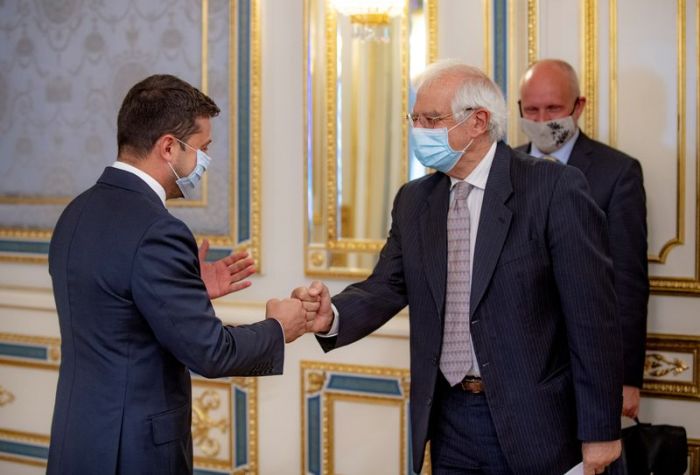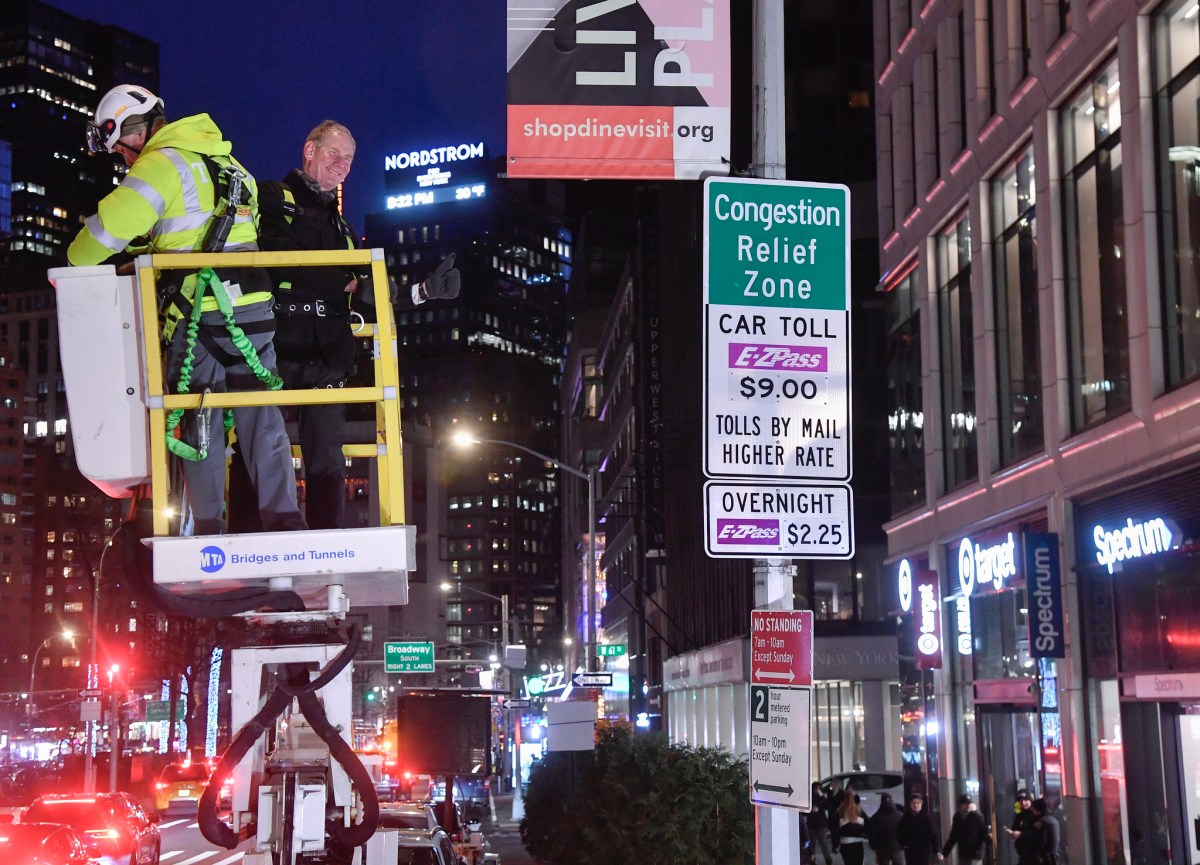NEW YORK (Reuters) – The dollar rose to an eight-week high on Tuesday, after a top Federal Reserve official struck a hawkish tone by mentioning the prospect of raising interest rates, further entrenching investors who were already in a risk-off mood.
The euro touched an eight-week low against the dollar before paring losses, while the Swiss franc fell to a seven-week trough. Sterling hovered around a two-month low on worries about the impact of restrictions to control the spread of the coronavirus.
Speaking at a virtual meeting of the London-based Official Monetary and Financial Institutions Forum, Chicago Fed President Charles Evans said the U.S. economy risked a longer, slower recovery, if not an outright recession, without another fiscal support package.
Evans, who is due to become a voter on the policy-setting Federal Open Market Committee in 2021, said the Fed still needed to discuss its new average inflation target but that it “could start raising rates before we start averaging 2%.” And he said more quantitative easing may not provide another lift to the U.S. economy.
“All we’ve been hearing from the Fed for the last few months is we’re not going to hike rates at any point in the foreseeable future. Then Evans came in and challenged that narrative, so the market got caught off-guard,” said Erik Nelson, macro strategist at Wells Fargo Securities in New York, also noting that Evans is usually seen as one of the more dovish Fed officials.
Edward Moya, senior market analyst at OANDA in New York, described Evans’ comments as “extremely hawkish.”
“The sooner we get to the other side of this virus, you’re going to see rate hike expectations jump up, and that should further drive this dollar rebound,” Moya said.
Meanwhile, Fed Chair Jerome Powell told a congressional panel on Tuesday that while America’s economy has shown “marked improvement” since the coronavirus pandemic drove it into recession, the path ahead remains uncertain and the U.S. central bank will do more if needed.
Both Evans and Powell spoke of the need for fiscal stimulus to help the economy.
This highlighted concerns among market participants that the chances of an aid agreement are dimming as Washington lawmakers turn their attention to a battle over the nomination of a Supreme Court justice to replace the late Justice Ruth Bader Ginsburg.
“There’s a perfect storm of negative headlines out there for the economy, which is starting to stream through to financial markets,” said Wells Fargo’s Nelson. “The shift in focus for U.S. senators reduces the hope for a fiscal stimulus package.”
Before Evans spoke, the dollar had already been climbing in earlier trading as investors looked for safety after parts of Europe imposed restrictions due to surging coronavirus cases.
Sterling traded around two-month lows after gyrating in volatile trading after British Prime Minister Boris Johnson told people to work from home whenever possible and ordered bars and restaurants to close early, with the new restrictions possibly lasting six months.
The greenback <=USD> was last up 0.39% at 93.935 versus a basket of currencies. It hit a high earlier of 94.086, its strongest level since late July.
The euro was down 0.5% against the dollar at $1.1708 <EUR=EBS>, after falling below the key $1.17 level, its lowest since late July as well.
The dollar also gained against the yen, rising for a second day in a row. It was last up 0.285 at 104.93 yen <JPY=EBS>.
(Additional reporting by Gertrude Chavez-Dreyfuss in New York; Editing by Jonathan Oatis, Chris Reese and Paul Simao)

